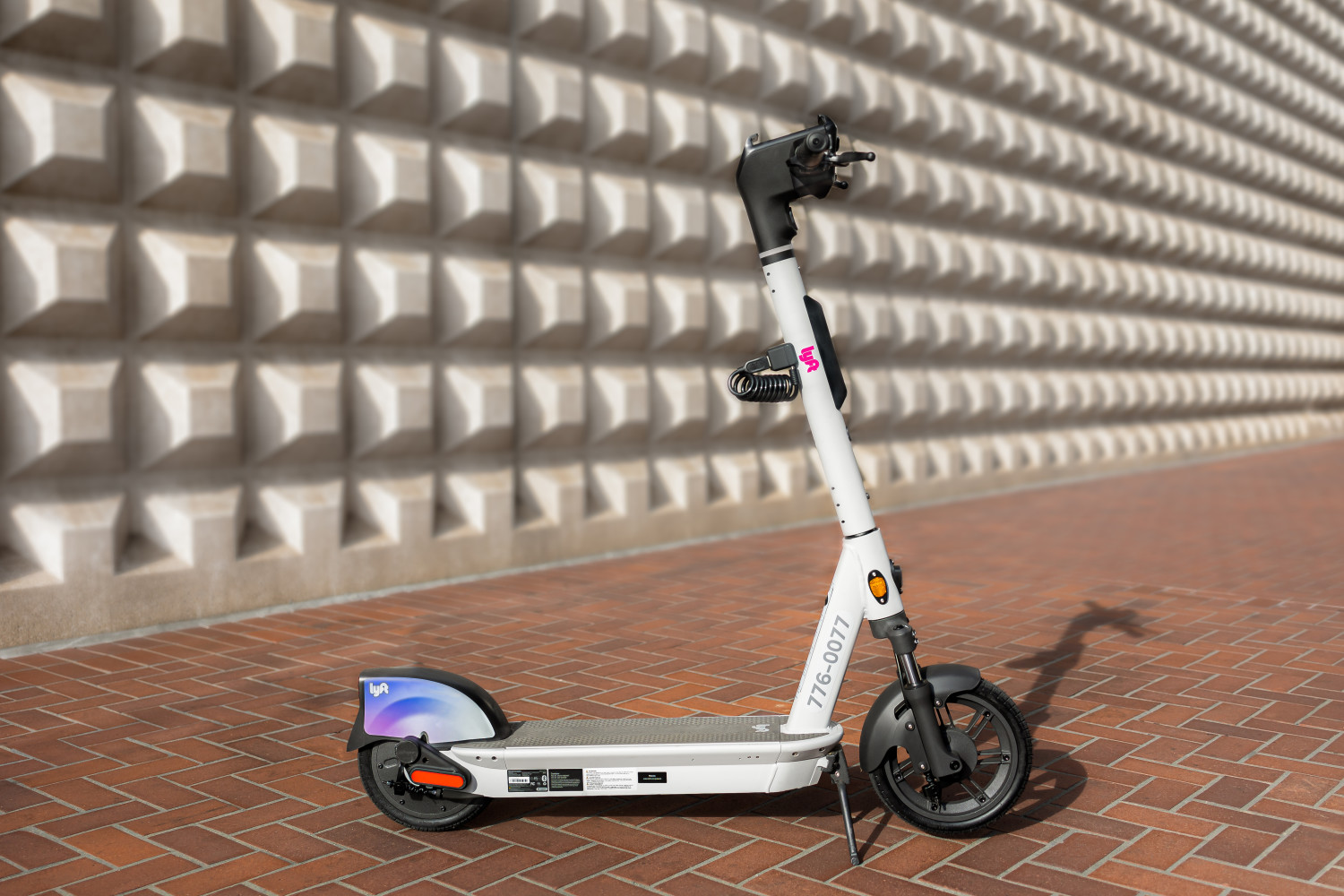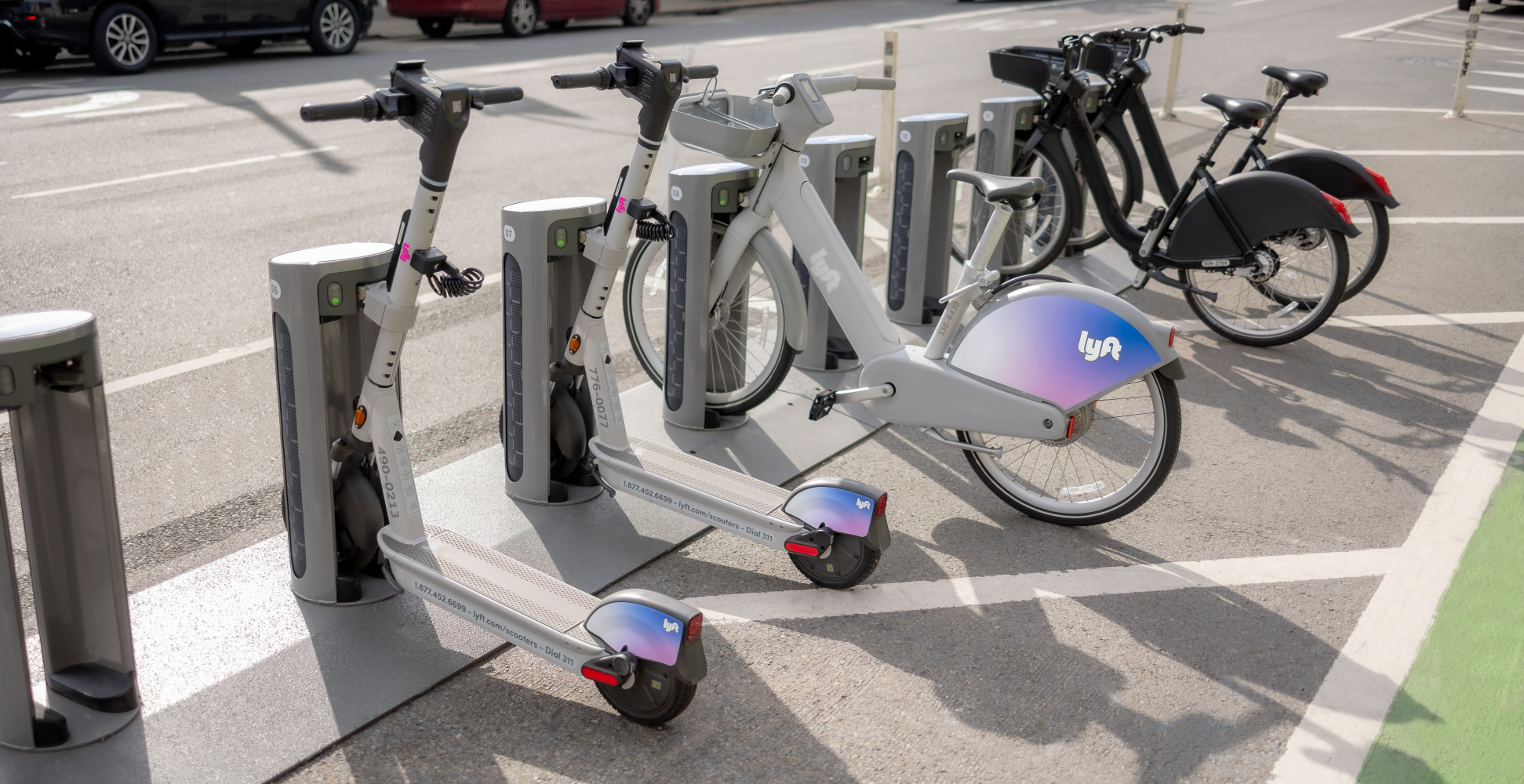Lyft has launched its latest dockable e-scooter and a new micromobility station, which aims to enable responsible parking.
The new e-scooter model can be customised to park in a micromobility station or lock to a fixed object, as well as to charge in grid-connected stations or have its battery swapped.
This focus on convenient parking options aims to reduce hazards and prevent the vehicles from cluttering pavements. Inappropriate pavement parking by any vehicle, including micromobility vehicles, can cause an obstruction to others such as wheelchair users and parents with buggies.
Caroline Samponaro, VP of Transit, Bike and Scooter Policy at Lyft, said:Stations bring order to the streetscape, provide predictability for riders and create climate-friendly in-station charging potential that will keep ebikes and scooters available. We’ve seen the effect they’ve had on cities over the last ten years and we’re confident our new model has the improvements needed for stations to continue to thrive over the next ten years.
Lyft’s latest e-scooter model also offers improved safety features, such as AI-powered sidewalk detection, which was developed in partnership with Ninebot and Qualcomm Technologies.

In addition, the vehicle’s suspension system and airless tyres have been designed to deliver a smooth and reliable ride on uneven surfaces.
Eugene Kwak, Director of Product for Lyft Transit, Bikes and Scooters said:Our new scooter is a purpose built fleet vehicle for urban riding, using the expertise of Ninebot and Lyft’s learnings to improve upon our previous joint efforts. This ensures it is extremely reliable and theft resistant, while keeping safety and rider experience top of mind.
To support the effective rollout of its micromobility network, Lyft has also designed a new Pillar dock system.
This infrastructure is equipped with solar panels and can be connected to the electric grid to charge parked e-bikes and e-scooters.

The Pillar can be installed in small configurations starting from just one bollard. This flexibility allows cities to deploy the stations in a greater range of locations without the restriction of a central kiosk.
David Foster, EVP and Head of Transit, Bikes and Scooters at Lyft said:The Pillar dock is the culmination of our learnings from hundreds of millions of rides across over 100,000 docks. It’s a genre-defining product that both integrates seamlessly with cities and was designed with sustainability at the forefront.












